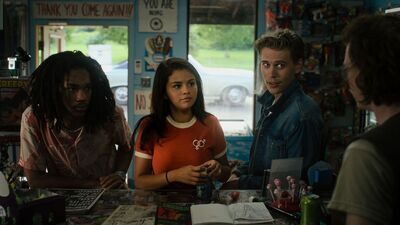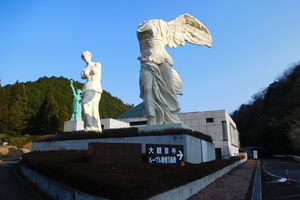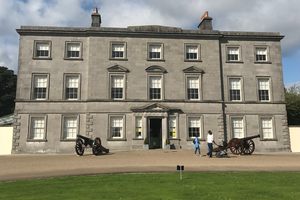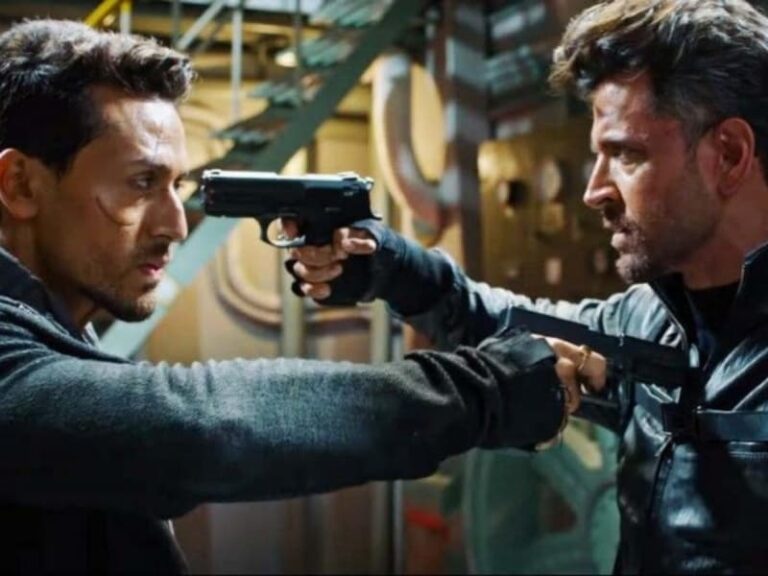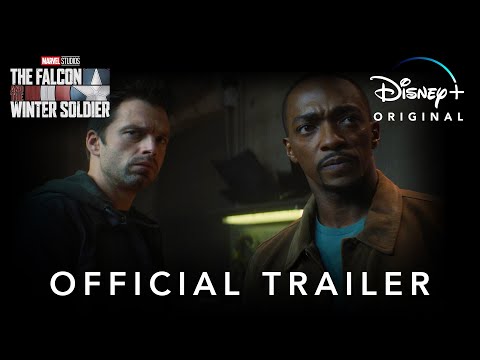Sundance 2021: Interview With Marianne Rendón And Adam Brooks Of THESE DAYS
By now, it’s almost a universal sentiment that the world has developed an aversion to the virtual meeting environment. The thought of seeing entertainment through a Zoom or FaceTime screen is sure to trigger a sense of dread, rather than excitement. And this is perhaps what makes These Days, a new series from Adam Brooks, such an accomplished piece of work. Following safety protocols during the first lockdown of the pandemic, actors were provided with a set of 2 iPhones, microphones and a tripod, to create content in a manner that is truly specific to the times we live in. Some might question whether it’s too soon to relive something that we are seemingly still living through, but the pilot episode of These Days proves that the timing is just right. Both Brooks (director and writer) and Marianne Rendón (star and producer) spoke with Film Inquiry about These Days during the 2021 edition of the Sundance Film Festival.
Wilson Kwong of Film Inquiry: To start off, can you talk about when, during the pandemic, you actually came up with the idea for These Days?
Adam Brooks: We started thinking about it at the end of March (2020) as an answer to this feeling that we were feeling a little helpless and voiceless. And that we should probably do something that we know how to do, which is, tell a story about some version of what we were going through and experiencing. I knew from the start that I wanted Marianne to be at the center of the story. We had worked together on a TV show that I created (Imposters), and it was a fantastic experience and collaboration. So, I started building the story around her character and she and I talked about that character a lot. Marianne would also do little improvs and send them to me. It took a couple of weeks of that, and then the script was written very quickly. We shot into the beginning of June (2020), which was at the height of the first lockdown.

And what ideas or emotions during that first part of the lockdown made you want to capture that experience?
Adam Brooks: It was a couple of things. One was everyone’s sense of isolation. But what also really interested me was the sense of loss that I think everybody felt, in terms of their lives and whether they’d get them back. The other thing I was really interested in was the idea that in this moment, we all were examining our lives. “Am I doing the right thing? Am I making the right choices? Am I lying to myself about why I’m doing this job, or am I in this relationship?” There’s been a mirror that we’ve all held up to ourselves and the fact that the protests evolved the way they did and people turned out the way they did was to be emblematic of the fact that a lot of people had time to think about, “How do we do better? How do I do better?” I wanted that to be part of the fabric of the show and the storytelling.
Marianne Rendón: I think the introspection and the way that the world’s tempo really slowed down, it really forced us all to exist at a much slower pace. And I think that can give people a lot of anxiety. For Mae’s character, I think that her recent loss is not connected to COVID, but it was the beginning of COVID when we started to devise this world and it’s become such an experience of collective grief. I think I was really interested in what it looks like for a young woman to be grieving by herself.
In terms of the shooting process, I know that it’s a bit of a unique way to shoot something. Can you talk about the shooting process, and whether it was more challenging or easier to shoot this way?
Marianne Rendón: It was easy in the sense that we all had relationships with each other, so we all knew how to talk to each other. But a lot of these technologies we have never used before. I had never heard of Zoom before March (2020). It was getting used to just having conversations over it and not speaking over someone. It’s people alone in their spaces in a very cinematic way. It was very physically demanding to have to get certain overhead shots. And the shot with the vent, where I’m on my stomach and to go from that and setting it up, you usually have a crew for that as an actor. So I’m never going to take that for granted ever again. But for me, it was a great experience to learn about filmmaking and to learn about this dialogue between Toby [Datum]and Adam.
Adam Brooks: I think the thing that scared me day-to-day was, would this be any good? Not in terms of the acting and the storytelling, because I think I know how to do that. But would we find a way to tell the story that broke past all the screens and make someone watching it feel connected to the characters, emotions and humour? That was the biggest challenge, whether it was figuring out whether we were going to shoot with a camera or an iPhone. We shot with an iPhone, and there was a lot of trial and error. But then again, everybody was stuck in their own places, so it was easy to try and then fail and then try again since everyone was living in their location. We wanted it to feel intimate and real, and tangible. Marianne and Will, their characters you recognize. The things they’re going through, feel like a version of something you understand, and that it wasn’t on the nose or funny, or using COVID as a way to tell a story you could tell anytime.

And was the idea to always film the show in this way? Or were there plans to film it in a more traditional way, with your team adapting to the situation once production started?
Adam Brooks: We knew from the start that we would have to shoot it remotely and that we had to find a way to do it. But we also know that if we were making more episodes, in terms of how we shot it, that could evolve. Just as it would evolve with Mae’s character moving into the world. It’s clear to me that her character being inside is not just COVID. There’s something going on with her that’s keeping her inside as well. That’s part of the arc of the story; her emerging into the world. We felt that we could adapt how we shot accordingly, and still keep an idea of something that was consistent and true to a certain idea of style and rhythm.
This is more of a question for Marianne, but from a performer’s standpoint, how did you get to know the cast? I assume physical rehearsals were not possible, so did a lot of that take place over Zoom?
Marianne Rendón: So Sarah Tolan-Mee is my best friend in real life, and we were doing some improvising of our own before Adam wrote the scenes. But Sarah and I have worked together for years, so we didn’t need to rehearse much. And I don’t have many experiences of rehearsing while filming, anyway. With Will [Jackson Harper] it was just instantly great chemistry and very easy to work together. And that scene is, I think, my favourite scene in the entire piece, so I was really excited to do it.
I know it’s always hard to talk about the show as a whole without spoiling things, but what can audiences expect from These Days as we get more episodes in the future?
Adam Brooks: The spine of the show is the relationship between Marianne and Will’s characters. The ups and downs in terms of all the things that interfere with how a relationship would ordinarily evolve, which is distance. It’s also the protests and Black Lives Matter, and the secrets that they both have. Will Will admit to the pretense of why he went on a first date with her? What will Mae’s reaction be to that? How does Mae come to terms with her own grief? How is their relationship affected by the social upheaval that’s going on around them? That relationship is at the core of it, and I’m also interested in investigating the people who they touch along the way. In the pilot, Mae listens to neighbours fighting, in a very scary, difficult way. I imagine that she’ll eventually meet them. Will we go back and see Taylor, who she has a bad first date with? Quite possibly. So I think that those digressions are also really interesting.
Marianne Rendón: And she’s also a dancer, so I think there’s a really exciting world in seeing more of her performances in this way. I have a wonderful roof on my apartment, and so Adam and I were playing with the idea of that. It sets everything up in a sort of Vaudevillian theater with these devices.
Film Inquiry would like to thank Marianne Rendón and Adam Brooks for taking the time to speak with us!
Does content like this matter to you?
Become a Member and support film journalism. Unlock access to all of Film Inquiry`s great articles. Join a community of like-minded readers who are passionate about cinema – get access to our private members Network, give back to independent filmmakers, and more.
Join now!

